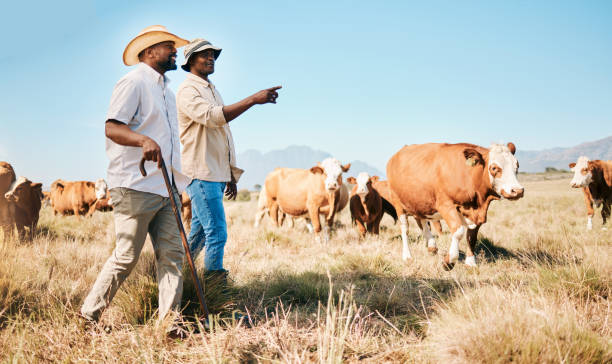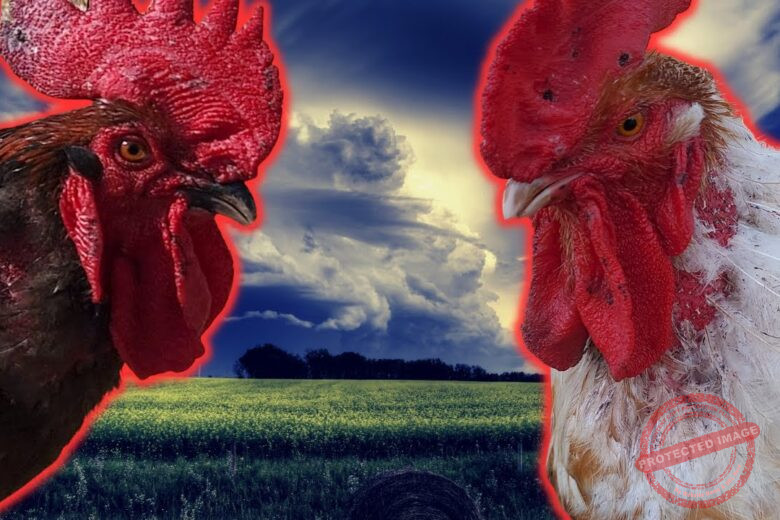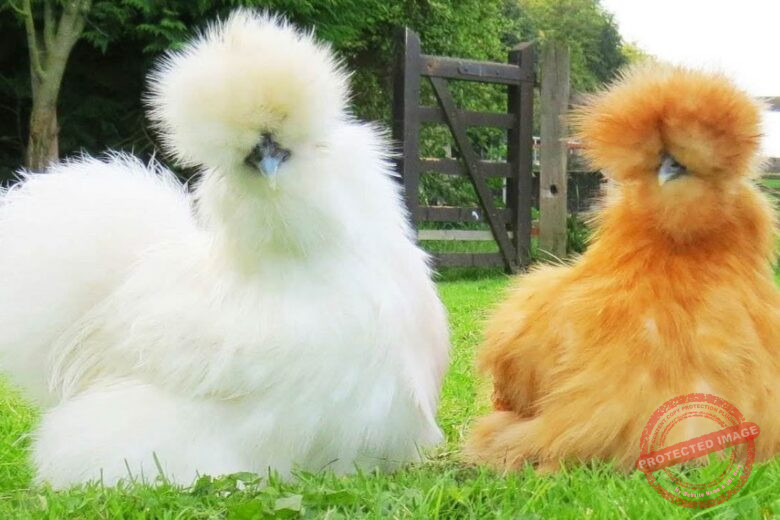Raising chickens is a rewarding endeavor that provides fresh eggs, natural pest control, and even companionship. However, maintaining a lush, green chicken run can be quite challenging. Chickens have a natural tendency to scratch, peck, and forage, which can quickly turn a grassy area into a barren, muddy patch. Despite these challenges, it is possible to keep grass in your chicken run with the right strategies and consistent effort.
Keeping grass in your chicken run is not just about aesthetics; it also offers numerous benefits for your flock. Grass provides a natural source of food, contributing to a balanced diet with essential nutrients. It also helps to prevent soil erosion and reduces the amount of dust, which can be harmful to both chickens and their caretakers. Furthermore, a grassy run promotes a healthier and more stimulating environment for your chickens, encouraging natural behaviors such as foraging and scratching.
In this comprehensive guide, we will explore effective methods to maintain grass in your chicken run. From choosing the right type of grass and managing the number of chickens, to implementing rotational grazing and using protective barriers, we will cover all aspects necessary to create a sustainable, green environment for your flock. By following these tips and strategies, you can achieve a beautiful, functional chicken run that benefits both your chickens and your overall farm management.
Choosing the Right Type of Grass
Understanding Grass Varieties
The first step in maintaining a grassy chicken run is selecting the right type of grass. Not all grasses are created equal, and some are better suited to withstand the constant pecking and scratching of chickens. Cool-season grasses, such as Kentucky bluegrass, fescue, and ryegrass, are generally more durable and can recover quickly from damage. These grasses are well-suited for cooler climates and can handle the wear and tear caused by your flock.
Benefits of Hardy Grasses
Hardy grasses have deep root systems that make them more resilient to the activity of chickens. Grasses like Bermuda grass and Zoysia grass are known for their durability and ability to spread through runners, filling in bare spots quickly. These grasses can tolerate heavy foot traffic and are drought-resistant, making them an excellent choice for chicken runs in warmer regions.
Planting Grass in the Chicken Run
When planting grass in your chicken run, it’s essential to prepare the soil properly. Start by removing any existing vegetation and tilling the soil to create a smooth, even surface. Spread a layer of compost or organic matter to enrich the soil, then sow your chosen grass seeds evenly across the area. Lightly rake the soil to cover the seeds, and water thoroughly to promote germination. It’s crucial to keep chickens off the newly seeded area until the grass is well-established, which typically takes a few weeks.
Overseeding for Maintenance
Overseeding is a vital part of maintaining a grassy chicken run. By regularly adding grass seed to your run, you can ensure that bare spots are quickly filled in, and the overall grass cover remains thick and healthy. Plan to overseed your chicken run at least twice a year—once in the spring and once in the fall. Choose a seed mix that is compatible with your existing grass and scatter it evenly across the run, followed by watering to encourage growth.
Managing Chicken Numbers and Rotational Grazing
Controlling Flock Size
One of the most effective ways to maintain grass in your chicken run is by managing the number of chickens. Overstocking your run with too many chickens will quickly lead to overgrazing and destruction of the grass. As a general rule of thumb, aim for no more than 10 chickens per 100 square feet of run space. This will help ensure that the grass has a chance to recover and grow between grazing periods.
Implementing Rotational Grazing
Rotational grazing is a technique used by farmers to prevent overgrazing and promote healthy pasture growth. This method involves dividing your chicken run into several smaller sections and rotating your flock between these areas. By allowing each section to rest and recover while the chickens graze in another area, you can maintain a healthier, more sustainable grass cover. Set up temporary fencing to create separate grazing zones and move your chickens every few weeks to a new section.
Resting Periods for Grass Recovery
Giving your grass adequate time to recover is crucial for maintaining a lush chicken run. After your chickens have grazed in one section, remove them and let the grass rest for at least two to three weeks. During this resting period, water the grass regularly and consider applying a light layer of compost or organic fertilizer to encourage growth. This recovery time allows the grass to establish strong roots and replenish itself before the chickens return.
Balancing Foraging and Supplementary Feeding
While it’s essential to allow your chickens to forage naturally, providing supplementary feed can help reduce the pressure on your grass. By offering a balanced diet of grains, vegetables, and commercial feed, you can ensure that your chickens receive all the nutrients they need without overgrazing the grass. Place feeders and waterers in different areas of the run to encourage your chickens to move around and prevent localized damage to the grass.
Using Protective Barriers and Ground Covers
Installing Chicken Wire or Hardware Cloth
Protective barriers, such as chicken wire or hardware cloth, can help preserve grass in high-traffic areas of your run. These barriers can be placed on the ground to prevent chickens from scratching and digging up the grass while still allowing them to peck and forage. Lay the wire or cloth flat on the ground and secure it with stakes or landscape pins. Over time, the grass will grow through the mesh, creating a durable, green surface that withstands chicken activity.
Using Mulch or Wood Chips
Mulch and wood chips are excellent ground covers that can help protect grass in your chicken run. Spread a thick layer of mulch or wood chips over bare or heavily trafficked areas to prevent soil erosion and provide a cushion for your chickens. These materials also help retain moisture in the soil, promoting healthier grass growth. Choose organic, untreated mulch or wood chips to avoid exposing your chickens to harmful chemicals.
Creating Designated Foraging Areas
Designating specific foraging areas within your chicken run can help preserve grass in other sections. Set up a separate area with a mix of grasses, herbs, and other plants that chickens enjoy foraging. Rotate your flock between this designated foraging area and the grassy sections of the run to give the grass time to recover. This approach not only helps maintain grass cover but also provides your chickens with a diverse and stimulating environment.
Installing Raised Beds or Planters
Raised beds or planters can be a great way to grow grass and other plants for your chickens while protecting them from heavy foot traffic. These structures elevate the plants above ground level, making it more difficult for chickens to scratch and dig. You can create raised beds or use large planters to grow a variety of grasses, herbs, and vegetables that your chickens will enjoy. Place these raised beds or planters in different areas of the run to provide a continuous source of fresh greenery.
Soil Health and Fertilization
Testing Soil Quality
Maintaining healthy soil is essential for growing robust grass in your chicken run. Start by testing your soil’s pH and nutrient levels to determine any deficiencies or imbalances. Most grasses thrive in slightly acidic to neutral soil with a pH between 6.0 and 7.0. Based on the results of your soil test, you can amend the soil with the necessary nutrients and organic matter to create an optimal growing environment.
Adding Organic Matter
Incorporating organic matter into your soil is crucial for promoting healthy grass growth. Organic matter, such as compost, aged manure, and leaf mold, improves soil structure, enhances nutrient availability, and increases moisture retention. Spread a layer of organic matter over the soil surface and work it into the top few inches of soil before planting grass seeds. Regularly adding organic matter to your chicken run will help maintain soil fertility and support healthy grass growth.
Using Natural Fertilizers
Natural fertilizers, such as compost, manure, and bone meal, provide essential nutrients for grass without the harmful chemicals found in synthetic fertilizers. Apply a balanced organic fertilizer to your chicken run in early spring and late fall to promote healthy growth and recovery. Be mindful of the nitrogen content in fertilizers, as too much nitrogen can lead to excessive leaf growth at the expense of root development. Follow the recommended application rates to avoid over-fertilizing.
Managing Soil Compaction
Soil compaction is a common issue in chicken runs, as the constant activity of chickens can compress the soil, reducing its ability to retain water and nutrients. To alleviate compaction, aerate the soil regularly by using a garden fork or aerator to create small holes in the soil surface. This process improves air and water circulation, promoting healthier root growth and more robust grass. Avoid over-tilling, as excessive disturbance can damage soil structure and increase erosion.
Other Areas That Relate to This Topic
Planting Companion Plants
Companion planting involves growing different plants together to create a more diverse and resilient ecosystem. In a chicken run, planting companion plants alongside grass can provide additional food sources, improve soil health, and attract beneficial insects. Consider planting clover, alfalfa, and other legumes, which can fix nitrogen in the soil and provide a nutritious forage for your chickens. Herbs like mint, rosemary, and lavender can also be planted to deter pests and provide aromatic enrichment for your flock.
Benefits of a Diverse Forage Area
Creating a diverse forage area in your chicken run offers numerous benefits for both your chickens and the grass. A variety of plants provides a more balanced diet, reduces the risk of overgrazing any single species, and promotes a healthier soil ecosystem. Incorporating flowering plants can attract pollinators and beneficial insects, which can help control pests and improve overall plant health. A diverse forage area also provides a more stimulating environment for your chickens, encouraging natural behaviors and reducing boredom.
Seasonal Grass Management
Managing grass in your chicken run requires different strategies throughout the year. In the spring and fall, focus on planting and overseeding to establish a strong grass cover. During the summer, provide additional water and shade to help grass withstand the heat and prevent drying out. In the winter, protect grass from excessive damage by using straw or mulch to cover bare spots and provide insulation. Adjust your grazing schedule and management practices based on seasonal conditions to maintain healthy grass year-round.
Integrating Other Livestock
Integrating other livestock, such as ducks or goats, into your chicken run can help manage grass and promote a healthier ecosystem. Ducks can help control pests and aerate the soil with their webbed feet, while goats can graze on tougher vegetation, reducing competition for grass. When integrating other livestock, ensure that the run is large enough to accommodate all animals and that their needs are met. Rotational grazing can be particularly effective when managing multiple species, as it allows each area to recover and supports a more diverse forage base.
Conclusion
Maintaining a grassy chicken run is a challenging but rewarding endeavor that offers numerous benefits for both your chickens and your overall farm management. By choosing the right type of grass, managing flock numbers, using protective barriers, and maintaining soil health, you can create a lush, green environment that supports healthy, happy chickens. Implementing rotational grazing, companion planting, and integrating other livestock can further enhance the sustainability and resilience of your chicken run.
Consistency and careful planning are key to achieving a successful grassy chicken run. Regularly overseeding, providing supplementary feed, and giving grass adequate time to recover will help maintain a thick, healthy cover. By following the strategies outlined in this guide, you can enjoy the aesthetic and practical benefits of a grassy chicken run, providing a stimulating and nutritious environment for your flock.
In conclusion, keeping grass in your chicken run requires dedication and a multifaceted approach, but the results are well worth the effort. A well-maintained grassy run not only enhances the appearance of your farm but also promotes the health and well-being of your chickens. With the right techniques and ongoing care, you can achieve a thriving, green chicken run that benefits both your flock and your farm as a whole.



